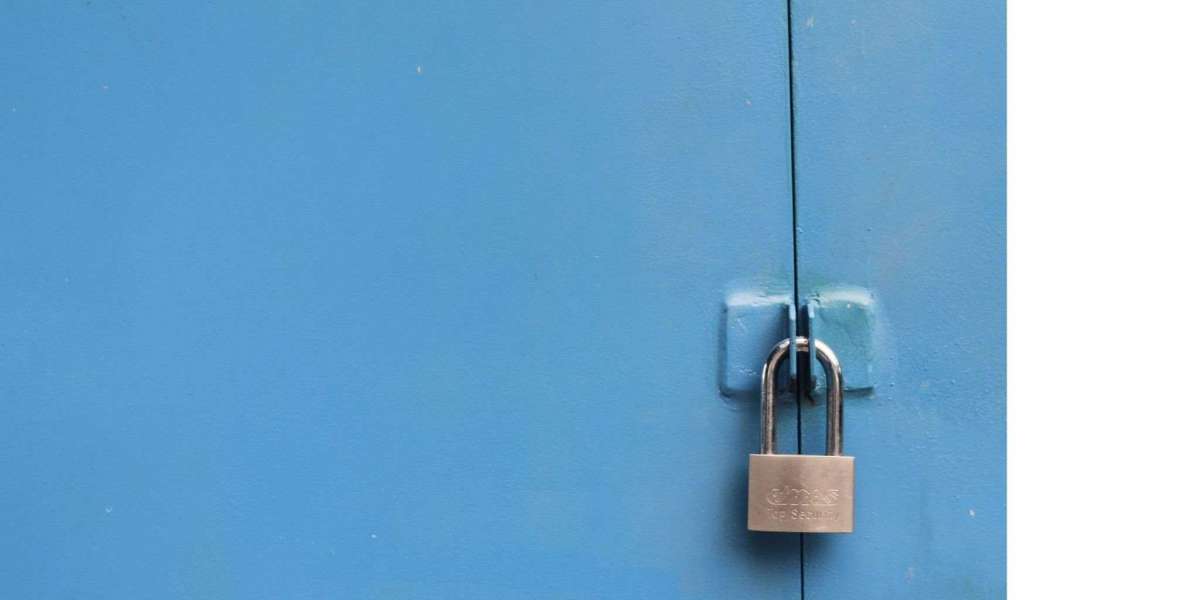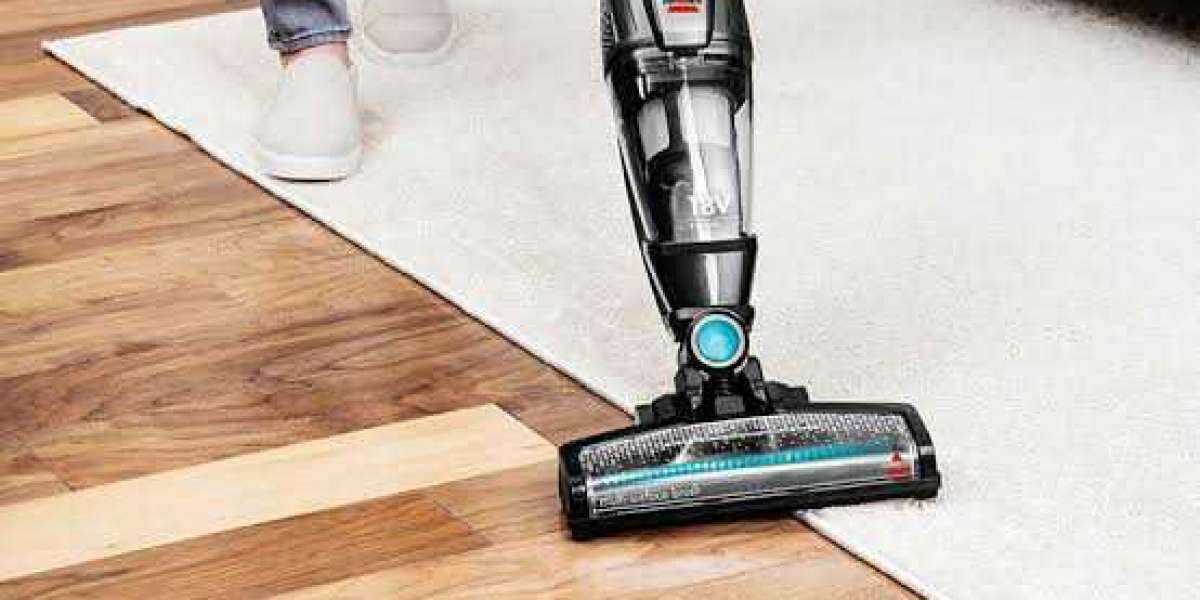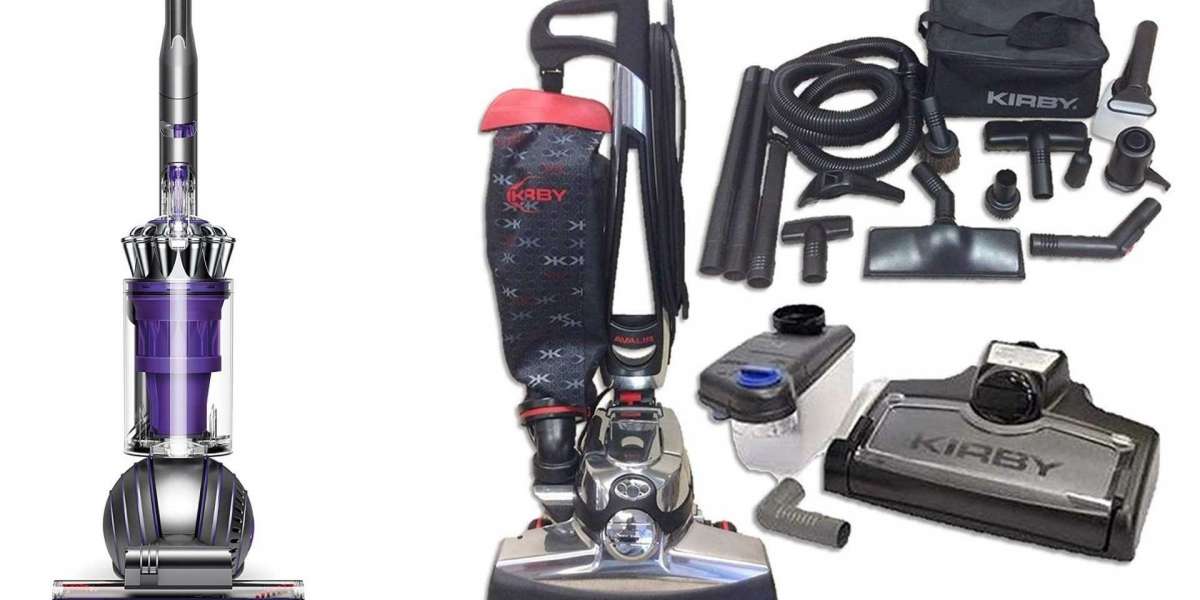The models designed to run on your computer or phone usually interface via USB or Bluetooth. They can be powered by AA batteries, which Dust testing NZ makes them easy to move around while you're measuring, although obviously if they run out of power you won't be able to record anything. One advantage of these over more expensive dedicated sound level meters is that since they're just computer peripherals it's relatively easy to add new functionality in the future simply by installing software updates. The price range is usually wider for these models, with very expensive professional equipment running into several thousand dollars all the way down to relatively cheap devices costing only a few hundred dollars. The prices get lower once you get past the dedicated sound level meters with integrated GPS.
What's the right Noise Monitoring NZ tool? If you need to find out how loud your environment is, what tools should you use? What are the advantages and disadvantages of each, or do they simply work well enough that there isn't really any difference between them? Let's take a look. First off, if you're just trying to get an idea of one specific number (i.e., 40 dB), one general purpose sound level meter will be good enough for most uses. The prices range form $100$150 for "sound level meters" with extended functionality down to $10$20 for cheap ones made specifically for this task. Basically all these models measure L eq , which is time-averaged energy over a period of time, usually 1 or 2 seconds. This is the most common metric for noise, because it's relatively easy to measure and correlates well with our perception of loudness.





